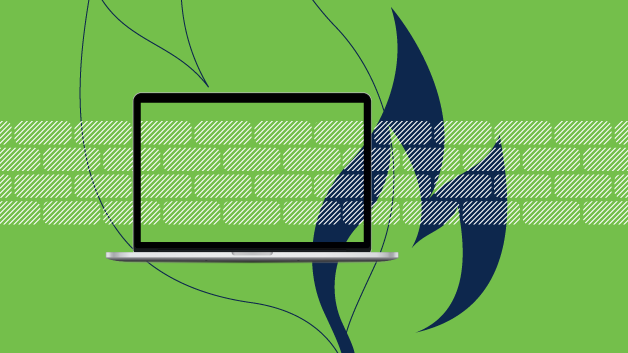Articles and Trivia
Write an articlefirewall

A firewall is a critical component of cybersecurity, designed to protect networks and systems from unauthorized access and malicious attacks. It acts as a barrier between a trusted internal network and untrusted external networks, such as the internet. Firewalls can be implemented in hardware, software, or a combination of both, and they operate based on predefined security rules.
The primary function of a firewall is to monitor and control incoming and outgoing network traffic. One of the most basic types of firewalls is the **packet-filtering firewall**. It inspects the headers of data packets and decides whether to allow or block them based on criteria such as source and destination IP addresses, ports, and protocols. This method is efficient but can be limited in its ability to detect sophisticated attacks.
More advanced is the **stateful inspection firewall**, which not only examines packet headers but also keeps track of the state of active connections. By understanding the context of traffic flows, stateful firewalls can make more informed decisions about which packets to allow or block, enhancing security.
Another type is the **proxy firewall**, which acts as an intermediary between end users and the internet. Instead of packets traveling directly between the user and the external server, they go through the proxy. This process hides the true origin of the traffic, which can help to prevent direct attacks on internal systems and provide an additional layer of anonymity and security.
Modern firewalls often include additional features such as **intrusion detection systems (IDS)**, **intrusion prevention systems (IPS)**, **virtual private network (VPN) support**, and **anti-virus capabilities**. These integrated solutions offer comprehensive protection by not only filtering traffic but also actively scanning for malicious activities and ensuring secure communications.
In summary, firewalls are essential tools in network security, providing a first line of defense against cyber threats. By effectively managing and controlling network traffic, they help to safeguard sensitive data and maintain the integrity and confidentiality of systems and networks.


